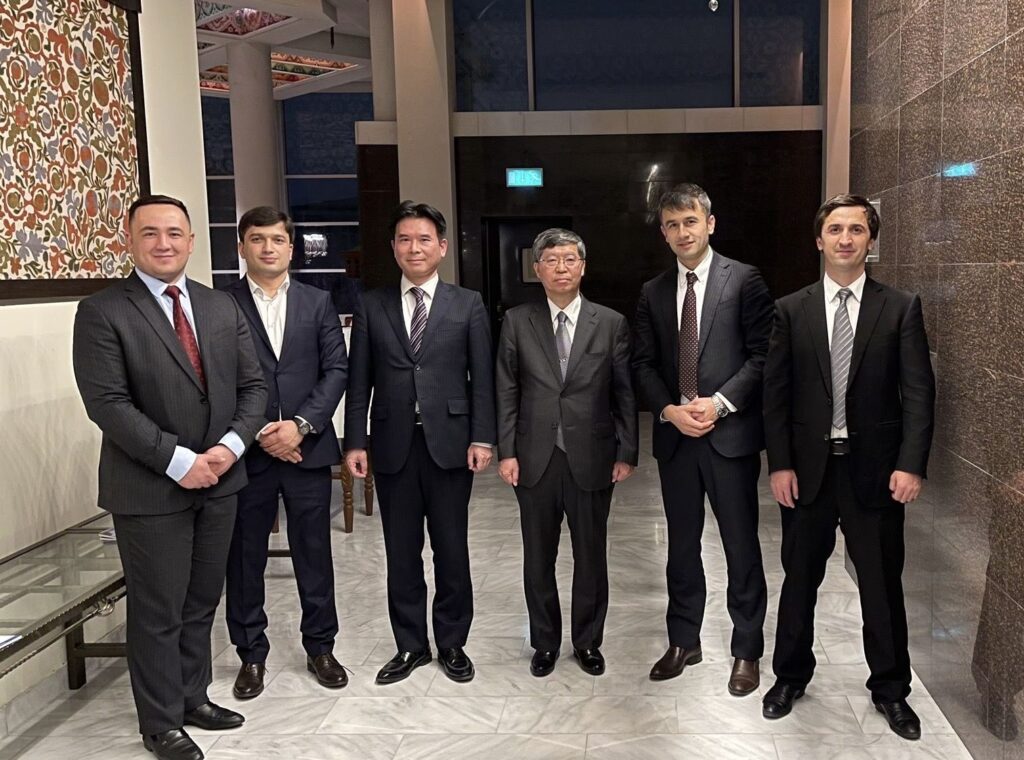Micro-Investing Platforms Integrate NFT Asset Classes

In a significant development within the investment landscape, micro-investing platforms are starting to integrate non-fungible tokens (NFTs) as an asset class, a move that underscores the evolving nature of digital investments. As NFTs continue to gain traction globally, their inclusion in micro-investing portfolios reflects both the growing interest in digital assets and the platforms’ efforts to diversify offerings for their tech-savvy clientele.
The rise of NFTs has been meteoric, with sales volumes reaching billions of dollars in recent years. Known for their uniqueness and ability to represent ownership of digital art, music, and other online assets, NFTs have captured the attention of investors and creators alike. By integrating NFTs, micro-investing platforms aim to tap into this burgeoning market, offering investors the opportunity to own fractional shares of these digital assets.
Micro-investing platforms, which allow users to invest small amounts of money into diversified portfolios, have traditionally focused on more conventional asset classes such as stocks, bonds, and exchange-traded funds (ETFs). The addition of NFTs marks a strategic pivot, reflecting both a response to market demand and an acknowledgment of the shifting landscape of asset diversification.
The Global Context of NFT Adoption
The adoption of NFTs by micro-investing platforms is not occurring in isolation. Globally, the NFT market has seen a surge in activity, driven by increased participation from both retail and institutional investors. Major auction houses, like Sotheby’s and Christie’s, have hosted high-profile NFT auctions, legitimizing the asset class in the eyes of traditional art collectors and investors.
Moreover, blockchain technology, which underpins NFTs, continues to attract interest due to its potential for transparency and security. This technological foundation helps address concerns about authenticity and provenance, which are critical when dealing with digital ownership.
Key Implications for Investors
The integration of NFTs into micro-investing platforms carries several implications for investors:
- Diversification Opportunities: NFTs offer a new avenue for diversification, allowing investors to spread risk across both traditional and digital assets.
- Access to Emerging Markets: By investing in NFTs, users gain exposure to the rapidly growing digital art and collectibles market.
- Fractional Ownership: Micro-investing makes it possible to own a portion of high-value NFTs, democratizing access to this emerging asset class.
Challenges and Considerations
Despite the potential benefits, there are challenges associated with NFT investments:
- Volatility: The NFT market is known for its price volatility, which can pose risks to investors unfamiliar with such dynamics.
- Regulatory Uncertainty: As regulators around the world grapple with the implications of digital assets, regulatory frameworks remain in flux, potentially impacting NFT trading and ownership.
- Technological Barriers: Understanding blockchain technology and the NFT ecosystem can be daunting for new investors.
Conclusion
The integration of NFTs into micro-investing platforms marks a significant step in the evolution of digital finance. By offering fractional ownership of NFTs, these platforms are not only broadening their investment offerings but are also providing users with new opportunities to participate in the digital economy. As the market continues to mature, investors must remain informed and cautious, balancing the allure of innovation with the realities of market volatility and regulatory changes.
As NFTs become increasingly mainstream, their role within investment portfolios will likely grow, shaping the future of digital asset management. Micro-investing platforms, by embracing NFTs, are positioning themselves at the forefront of this transformation, catering to an audience that is tech-literate, forward-thinking, and eager to explore the possibilities of the digital world.














